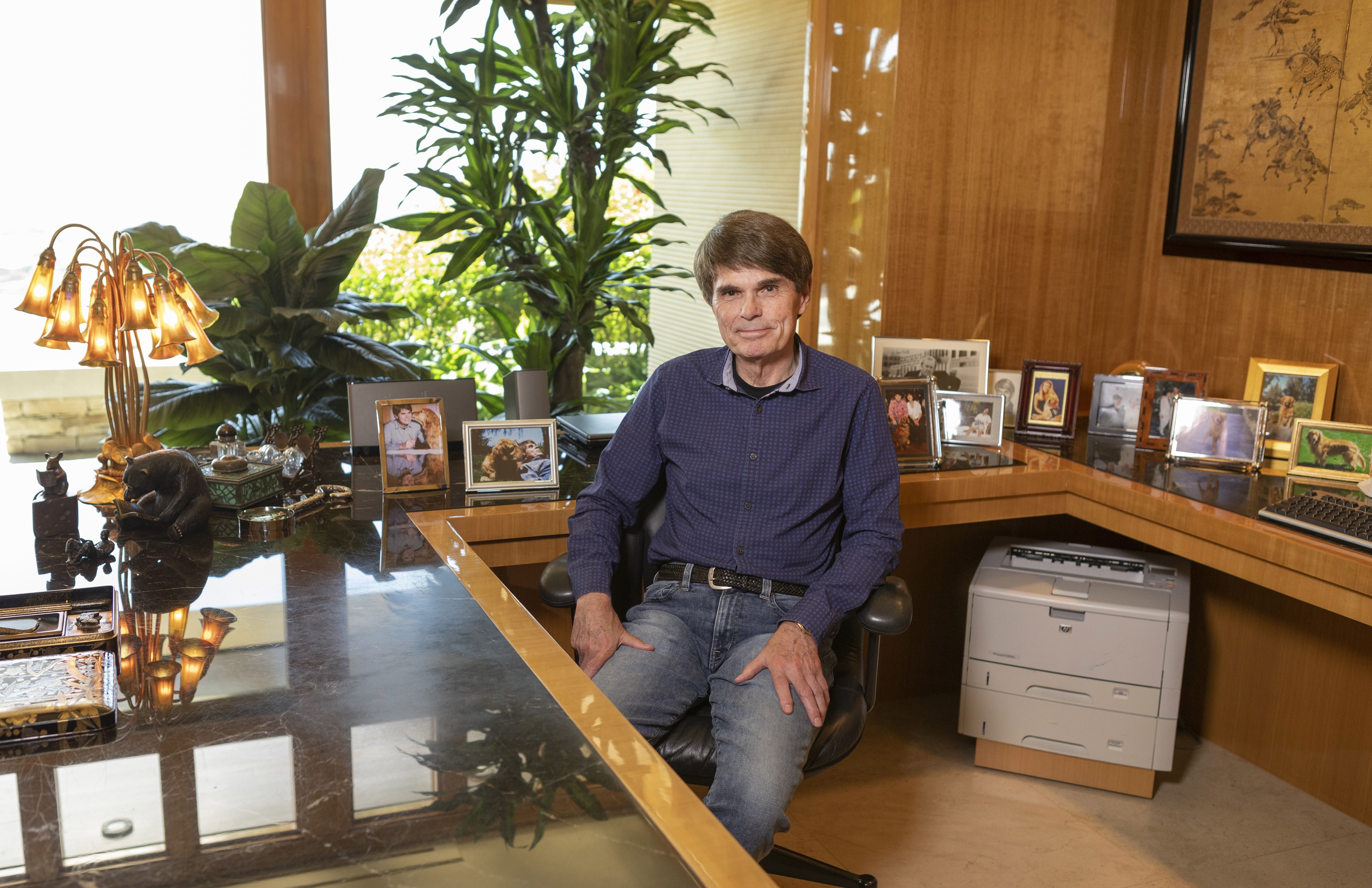
The most often asked question I receive is “Where do you get your ideas?” People are very nice when they make this inquiry, but they can be insistent, and not always because they want to be writers. The general public seems equally curious about how the creative process begins. The spark that sets the mind afire—where does it come from?
A time existed when, cheekier than I am now, I explained that all successful novelists in need of ideas went to a small shop on a back street in Cleveland, Ohio, where a little old man with a pot belly and a fringe of white monk’s hair sold plots that were fresh and intriguing. Most people smiled at this, though on a few occasions I was asked for the name and address of the shop.
In truth, ideas come from everywhere and nowhere, and as often as not, the source of the inspiration is—and remains—mysterious to me. In 2002, I was working on a long novel titled The Face, a demanding project with many characters and with several storylines that eventually had to weave together, text and subtext, in a tidy resolution of the plot and themes. I never outline and rarely know where the story will take me past the next few chapters. This can lead to a quiet panic that the end will never come. Consequently, at the halfway point of what turned out to be a book of well over 200,000 words, I was intensely focused on The Face when an astonishing thing happened.
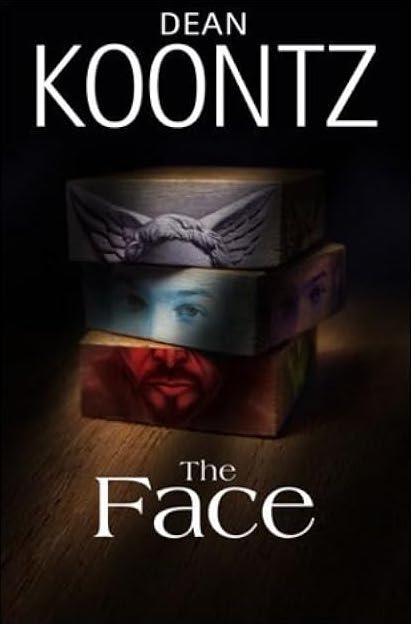
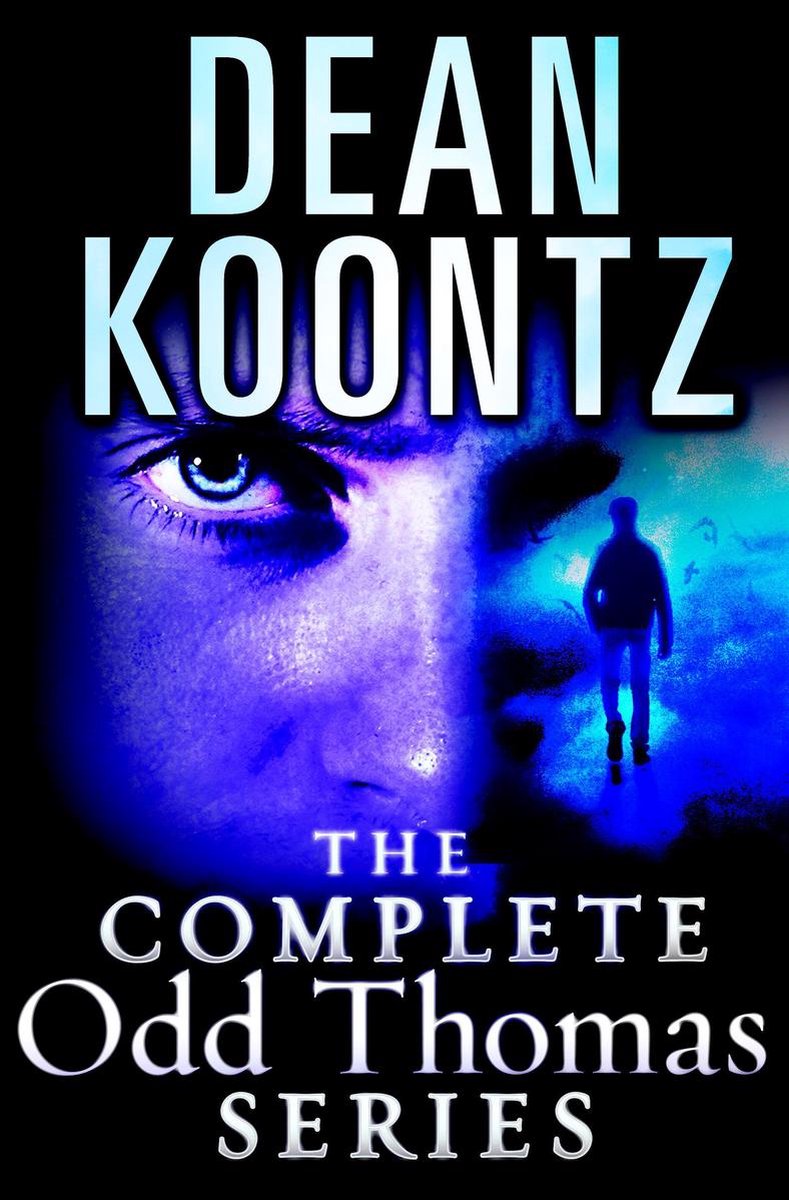
Into my mind came these words: “My name is Odd Thomas.” This had nothing to do with The Face, and yet I set aside that script to jot down those five words in a lined tablet, because I found them intriguing. Then, although I never before—or since—wrote any fiction by hand, I kept going with this: “though in this age when fame is the altar at which most people worship, I am not sure why you should care who I am or that I exist.” By that afternoon, faster than I have ever written anything, I had produced the first chapter, about 4,000 words, in my barely readable cursive. I returned to The Face for the next five months, though Odd Thomas remained alive in the back of my mind.
When eventually I returned to that initial chapter, I expected to find it hurried and in need of much revision. To my surprise, nothing needed to be changed about the events of that chapter, and there was not a single error of grammar, syntax, or spelling. It was as if I had taken dictation from someone smarter than I am.
My publisher at that time disliked Odd Thomas so intensely that he would not speak to me about it, but conveyed his opinion through my editor, who disagreed with him. Reviews were almost universally lovely, and bookseller enthusiasm could not have been higher. Eventually I wrote eight novels featuring Odd Thomas. To date, worldwide sales of those eight titles in all formats exceed forty million copies; they have been published in more than five hundred editions in forty languages. And I still don’t know where that character, on his long and emotional journey, came from.
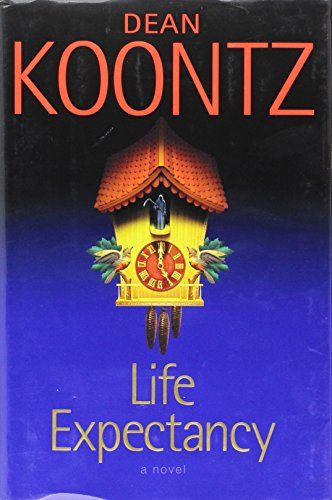 In the case of Life Expectancy, I know the inspiration for the novel, as well as the moment and place where the story was given to me. I had been involved in the development of a film project and was coming home from Los Angeles in a bad mood, which is too often the mood one finds oneself in after a meeting with studio executives. I was driving my wife’s Ford Explorer, which in those days had a CD deck that held six disks. She had loaded it with Paul Simon and Simon & Garfunkel albums. I know that music so well that I can sing along with any song, and I did because no one was present to object.
In the case of Life Expectancy, I know the inspiration for the novel, as well as the moment and place where the story was given to me. I had been involved in the development of a film project and was coming home from Los Angeles in a bad mood, which is too often the mood one finds oneself in after a meeting with studio executives. I was driving my wife’s Ford Explorer, which in those days had a CD deck that held six disks. She had loaded it with Paul Simon and Simon & Garfunkel albums. I know that music so well that I can sing along with any song, and I did because no one was present to object.
In the song “Patterns,” Simon sings this line: “My life is made of patterns that can scarcely be controlled.” As Simon and I sang our duet, I thought of a character named Jimmy, who is born in a hospital on the very night that his grandfather dies there. The grandfather has had a massive stroke and can’t speak—yet he suddenly sits up in bed and makes ten predictions about his soon-to-be-born grandson.
The first five are about the baby, his birth weight and his length and, among other things, that he will have syndactyly, a fusing of some toes that will require surgery. All five of these predictions prove true. The second set of five are dates—months, days, years—when Jimmy will be “in great danger and tragedies will occur.” Because the first five proved true, surely the other five days in the future will be as terrible as the grandfather said. The first falls in Jimmy’s 20th year, the last when he’s thirty-five. Grandpa has not revealed what will happen; therefore, the suspense is great. Jimmy’s life is, per the song, “made of patterns that can scarcely be controlled.”
For every novel the inspiration for which I can pinpoint, there are three others that have origins beyond by understanding. I have twice awakened in the night with a novel playing out in my dreams, have remembered the story, and have gone on to write it. This suggests that the subconscious is always “writing”, but how it brews up stories from such disparate elements, I can’t explain.
A writer I know says that these ideas come from a higher power working through us. Novels are inspired in such mysterious ways that I would never presume to disagree with him.
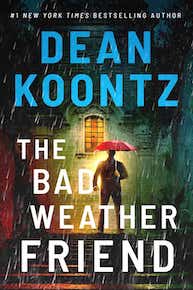
The Bad Weather Friend by Dean Koontz is published by Thomas & Mercer 1st February 2024 in Hardcover, Kindle eBook and Audiobook.